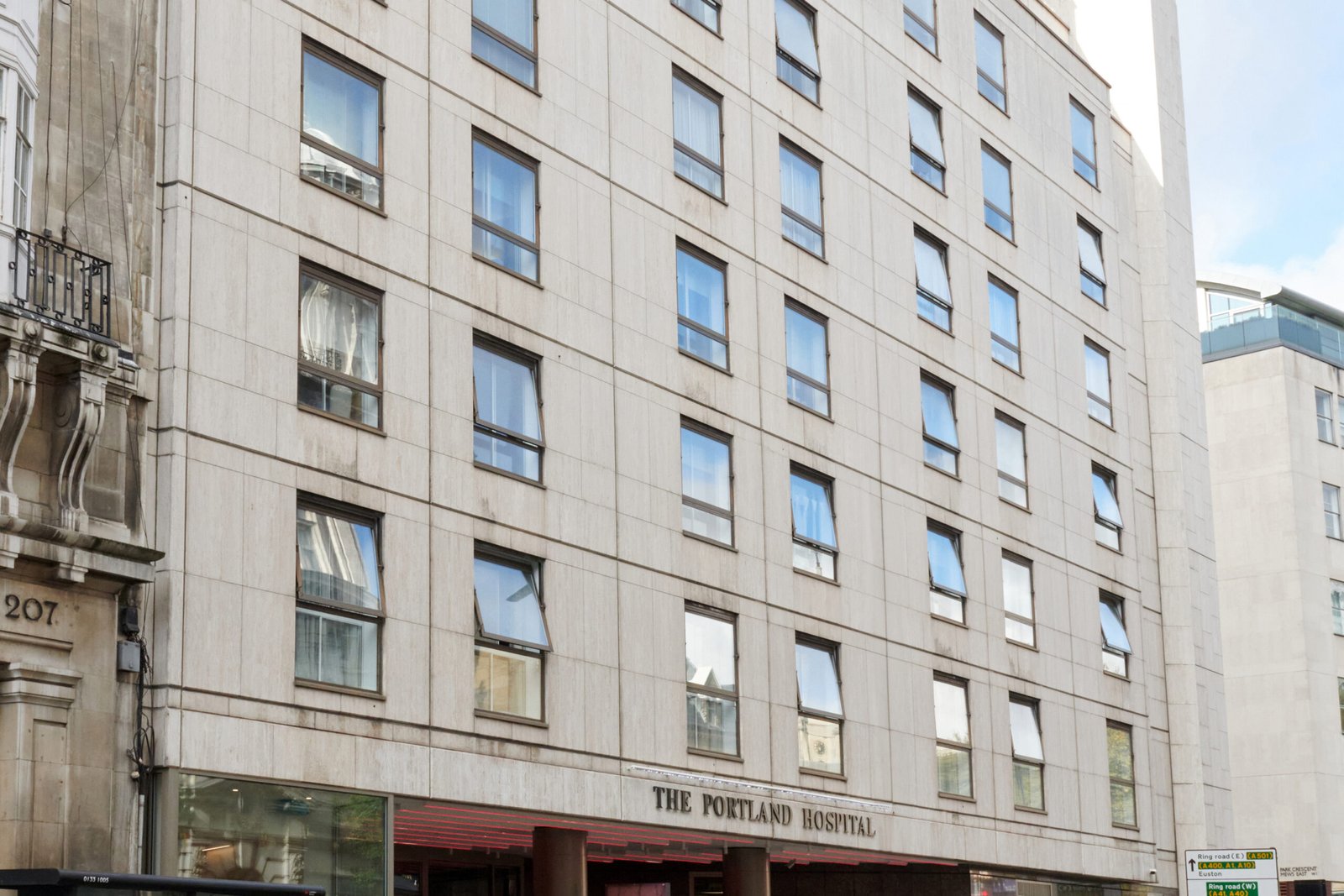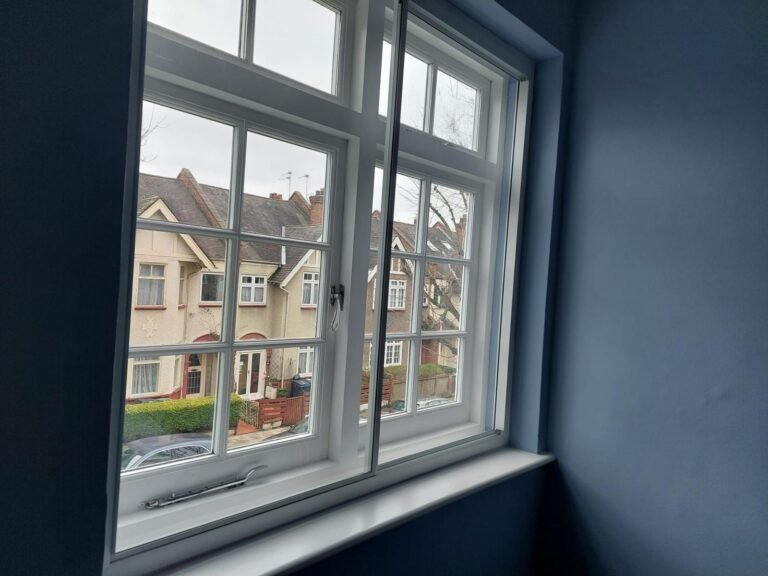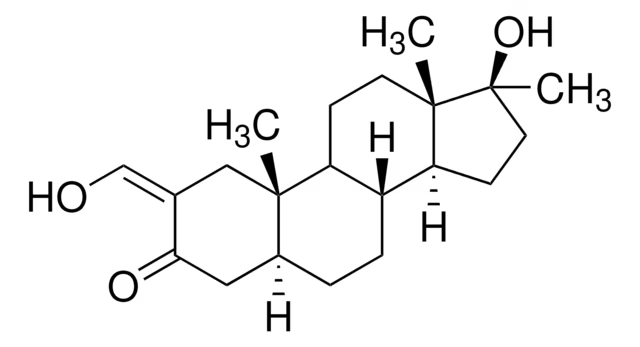
Understanding Cheswik Hospital: A Premier Medical Institution in London
Cheswik Hospital has long stood as a cornerstone of the United Kingdom’s healthcare landscape. Located in central London, it offers both advanced medical treatments and high-standard patient care. The facility is recognized for its multidisciplinary excellence, combining modern infrastructure with a highly trained medical team. Over the past decade, Cheswik Hospital has served thousands of patients annually, spanning local and international cases.
This week, however, the institution has drawn unprecedented public attention due to the emergence of kros em londres, a term rapidly gaining traction in healthcare circles and media coverage. Kros em Londres, while mysterious to outsiders, signifies a specialized emergency medical operation involving cooperation between UK-based hospitals and international response units. Cheswik Hospital, being one of the most equipped centers, has been designated as the focal point of this unfolding medical event.
The facility’s departments—especially Emergency Care, Infectious Disease, and Neurology—are operating under intensified protocols. Medical personnel have been reassigned from other departments to assist in dealing with the influx of critical patients and data evaluations related to the kros initiative. Staff are working in rotating 12-hour shifts, with logistical support from NHS emergency management teams and an influx of private specialists on standby.
Breaking Down “Kros em Londres”: What It Means in a Medical Context
The phrase “kros em londres” has puzzled many but holds significant meaning within medical and diplomatic networks. Derived from a code designation used in cross-border health collaborations, “Kros” indicates a multi-phase medical response mechanism that is triggered by unusual viral patterns, treatment-resistant conditions, or unusual patient clustering within an urban setting. “Em Londres,” simply put, means the epicenter of this occurrence is London.
The involvement of Cheswik Hospital this week in this context suggests an event of serious concern—one that could involve international response measures or experimental treatment frameworks. Kros em Londres isn’t about panic; it’s about proactive, coordinated action in a dense urban area with global relevance. Health agencies across Europe, including the European Centre for Disease Prevention and Control (ECDC), have been alerted to monitor developments.
At Cheswik Hospital this week, this designation has translated into rapid patient intake, enhanced safety protocols, and restricted access to certain high-risk zones. Each patient admitted under the Kros protocol is tagged into a real-time digital monitoring system. London-based epidemiologists, virologists, and immunologists are collaborating closely to analyze symptom patterns and biological samples.
The Timeline of Events at Cheswik Hospital This Week
Monday began with a seemingly normal influx of patients, but by midday, Cheswik Hospital declared a Level 3 Alert. Internal communications revealed that a cluster of patients from three separate London boroughs had arrived presenting similar, unidentifiable symptoms. Within hours, senior medical staff were notified, and Cheswik’s crisis unit was activated.
By Tuesday morning, news of kros em londres began to surface. Press releases were initially vague, referencing an “operational escalation at a central London medical facility.” However, insider reports confirmed that Cheswik Hospital was the institution at the core. Surveillance teams from the NHS and private biosurveillance units began setting up operations within the facility.
Wednesday saw the arrival of external medical experts from across the UK and Europe. Specimens were flown to high-security laboratories for genome sequencing and epidemiological assessments. Security at Cheswik Hospital was increased, with entry restricted to staff, pre-approved visitors, and patients under continuous monitoring.
Medical Response Teams and Cross-Border Collaboration
The Kros em Londres event prompted Cheswik Hospital to coordinate with various international and national response units. Among the active participants are the UK Health Security Agency (UKHSA), Public Health England (PHE), and a delegation from the World Health Organization (WHO). A mobile field unit has been stationed two blocks from the hospital to manage overflow and conduct additional diagnostics.
Cheswik’s collaboration with these bodies has established a new model of medical responsiveness—one that combines AI-based diagnostics, machine learning triage tools, and multilingual telemedicine support. This convergence has enabled the hospital to process patient records, symptoms, and treatment outcomes at an accelerated pace.
Notably, Germany and France have dispatched their senior virologists to join the advisory panel stationed inside Cheswik Hospital this week. Their goal: to ensure that data interpretation and response modeling reflect continental trends and do not lead to misdiagnosis or delayed intervention.
Patient Profiles and Clinical Presentations at Cheswik Hospital
The average patient admitted under the kros em londres designation presents with unusual neurological symptoms—chiefly disorientation, memory disruption, and fluctuating motor control. These symptoms have emerged in individuals with no shared medical history or geographic overlap outside central London.
Cheswik Hospital’s Internal Medicine team has noted a rise in cases involving high inflammation markers and abnormal EEG readings. MRI scans have revealed minor cerebral anomalies in at least 60% of kros-related admissions. Interestingly, blood toxicology reports have ruled out known pathogens and substances, pointing toward a novel trigger or mechanism.
Psychiatric evaluations have also become part of the intake protocol, given that over half of the patients report vivid hallucinations and loss of time awareness. These insights are not just clinically relevant but may hold the key to unraveling the root cause of the current crisis. Cheswik’s Department of Neurology has begun compiling a case series to submit to The Lancet Neurology journal.
Impact on Cheswik Hospital Staff and Daily Operations
Working conditions at Cheswik Hospital this week have been intense. The hospital’s 1,200+ staff members have been split into response units, each tasked with different aspects of the kros protocol—from direct patient care to environmental sterilization. Internal morale remains stable, albeit under stress, with daily briefings held to update staff and rotate high-pressure duties.
Doctors have access to psychological support units located in temporary structures adjacent to the hospital. Nutrition services have been upgraded to include round-the-clock meal stations to accommodate shift workers. Security presence has increased, with both NHS and private contractors monitoring hospital grounds and preventing unauthorized access.
Special protocols were also introduced for IT infrastructure. Staff are now required to use biometric access for patient record systems to prevent leaks and maintain data integrity during the kros initiative.
Public Perception and Media Coverage of the Cheswik-Kros Event
Local and international media outlets have flocked to the gates of Cheswik Hospital. While access remains heavily restricted, drone footage and scheduled press briefings have allowed controlled communication. Public sentiment is one of cautious interest. With the phrase “cheswik hospital this week kros em londres” trending across social platforms, the hospital has become a point of both intrigue and concern.
The hospital’s press office has taken to issuing hourly updates, clarifying operational statuses and dispelling misinformation. A dedicated online dashboard now provides daily case counts, recovery data, and anonymized clinical profiles to keep the public informed without compromising patient privacy.
The Role of Technology and Data in the Current Cheswik Operation
Cheswik Hospital has activated its advanced data analytics wing for real-time case monitoring and predictive modeling. Partnering with King’s College London and several biotech firms, the hospital is using machine learning algorithms to anticipate case surges, treatment outcomes, and medication efficacy.
Mobile units around the hospital have installed 5G-capable diagnostic stations that feed into this predictive system. These units collect biometric data, symptom progression, and even voice patterns that may reveal signs of neurological distress. Data from wearable devices worn by patients and staff further augment the predictive accuracy.
Blockchain is being used for medical data integrity during this period, ensuring all diagnostic records, medication logs, and treatment changes are transparently stored and accessible only to authorized personnel.
How Cheswik Hospital Is Managing Containment and Sanitation Protocols
The containment measures currently in place at Cheswik Hospital this week under the kros em londres protocol are among the most stringent in the region’s medical history. Each ward that handles kros-affected patients undergoes ultraviolet sterilization every four hours. Air filtration systems were upgraded to HEPA-level circulation, reducing any airborne risks—though current data suggests a neurological rather than airborne vector.
Hospital staff use triple-layer PPE, and movement between sectors of the hospital is tightly monitored through RFID badges. Every item, including linens, medical instruments, and waste materials, is routed through a separate quarantine zone for disinfection or incineration. Hospital waste output has increased by 60%, prompting the deployment of on-site processing units that operate around the clock.
Patient visitation has been suspended except under extreme circumstances. Virtual visitation booths using encrypted video systems have been introduced to allow communication between patients and families. The hospital has also coordinated with local police and security firms to ensure no breaches occur around containment zones.
Kros em Londres: Possible Origins and Theories Under Review
The question on many people’s minds is: where did the kros-related medical condition originate? While speculation is rife, Cheswik Hospital has remained scientifically focused. Their research team is exploring several plausible origins. One leading theory is an environmental neurotoxin that has contaminated certain London water sources or underground air pockets, although this remains unverified.
Another theory under review involves a synthetic or engineered pathogen—perhaps developed for non-medical applications—now accidentally released. Bioforensics teams, including specialists from international partners, are analyzing both biological and environmental samples collected from patients and their locations prior to hospitalization.
There is also a growing suspicion that the symptoms may result from a combination of psychological stress, unknown viral mutation, and electromagnetic exposure. These are being studied in collaboration with global neuroscience institutes. So far, none of the theories have been confirmed, but the collaborative nature of the investigation ensures that no stone will be left unturned.
How the NHS Is Supporting Cheswik Hospital During the Kros Initiative
The National Health Service (NHS) has provided full logistical, medical, and administrative support to Cheswik Hospital this week as it responds to the kros em londres escalation. This includes surplus ventilators, sedatives, neurological monitoring kits, and emergency pharmaceuticals. NHS coordinators have been embedded into the hospital’s daily management routines to facilitate real-time decision-making and information relay.
Special buses and shuttles have been set up to reroute non-kros patients to nearby hospitals, ensuring that Cheswik can dedicate all its internal resources to the current crisis. NHS digital services have also opened a dedicated portal for public and professional communication regarding the ongoing kros response.
Moreover, medical staff from as far as Manchester and Edinburgh have volunteered to serve temporary rotations at Cheswik Hospital. Their arrival reflects a nationwide commitment to ensuring that the situation remains manageable, ethical, and medically progressive.
Voices from the Frontline: Doctors and Nurses Share Insights
Several frontline workers at Cheswik Hospital have come forward—within NDA boundaries—to share their experiences handling kros em londres cases. Dr. Helena Royce, a senior neurologist, described the urgency: “The symptoms are unlike anything I’ve seen. It’s as if the brain’s command centers are under assault by an invisible force.”
Nurse Emmanuel Madu, who has worked in critical care for 14 years, emphasized the emotional toll: “These patients are frightened and disoriented. Some regain awareness, others seem trapped in an endless mental fog. It’s both a medical and emotional battle for us.”
Their voices paint a picture of extreme professionalism under extreme pressure. Daily team briefings, peer counseling sessions, and access to rest lounges have been implemented to ensure frontline workers remain mentally and physically capable of sustaining operations.
Ethical Challenges During the Cheswik Kros Emergency
Every emergency introduces complex ethical questions. At Cheswik Hospital this week, these challenges are amplified by the unknown nature of the kros em londres phenomenon. Physicians must decide in real time which patients receive experimental treatments, especially when no established protocols exist.
Ethics boards, composed of senior consultants, legal advisors, and external auditors, now operate 24/7. They oversee all major clinical decisions related to new treatment strategies, DNR orders, and patient data sharing with research institutions. Informed consent remains a cornerstone of all procedures, even under crisis conditions.
The hospital has also issued public guidelines emphasizing patient rights, ethical transparency, and safeguards against exploitation. These steps are essential in building public trust and maintaining clinical integrity during such an ambiguous and evolving crisis.
Looking Ahead: What Comes After Kros em Londres at Cheswik Hospital
Even though Cheswik Hospital remains on high alert, forward-thinking planning is already underway. Research departments are cataloging all kros-related findings into a digital archive to ensure data preservation and future study. The hospital’s long-term plan includes a specialized neurological wing dedicated to rare and emerging diseases, based on lessons learned this week.
In addition, funding proposals are being drafted to secure permanent support for rapid-response medical units, international medical fellowships, and AI diagnostic upgrades. Cheswik Hospital’s leadership is also in talks with the NHS and independent foundations to establish an “Urban Crisis Medicine” academic program.
Post-crisis, Cheswik will likely emerge not only as a medical survivor but as a model for how modern hospitals can respond to mysterious, high-stakes health events. As of this week, the lessons from kros em londres are becoming the foundation for a new era in urban emergency care.
Conclusion: A Defining Week at Cheswik Hospital Amid Kros em Londres
The past week at Cheswik Hospital has been nothing short of historic. From the emergence of the kros em londres crisis to the rapid mobilization of global medical communities, the institution has demonstrated resilience, clarity, and medical excellence. It stands today as a beacon not just of healthcare, but of ethical and technological adaptability in the face of uncertainty.
Patients are receiving state-of-the-art care. Data is being collected for the global good. And every staff member—from janitorial staff to neurosurgeons—is playing a role in managing one of the most complex health events London has seen in decades.
While much remains unknown, what’s certain is that Cheswik Hospital’s role this week will be studied, remembered, and used as a guidepost for future medical emergencies. The phrase “cheswik hospital this week kros em londres” is no longer just a keyword—it’s a marker of real-world action, courage, and global medical unity.





